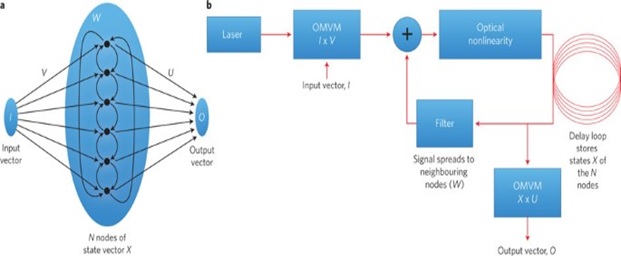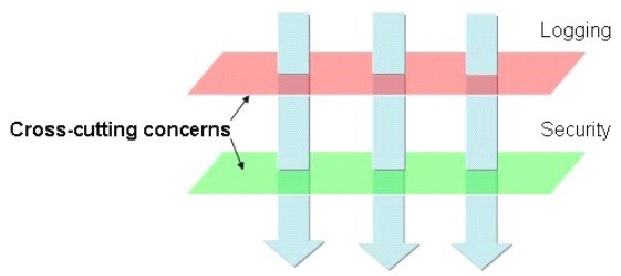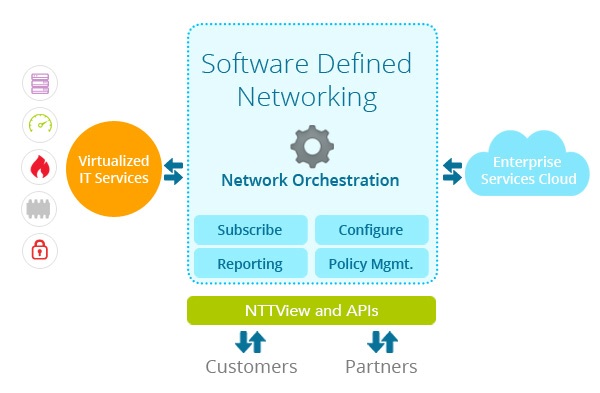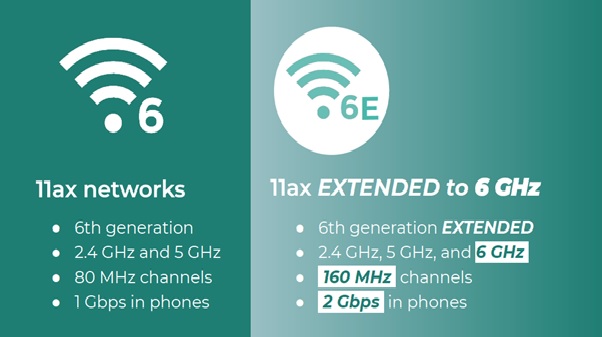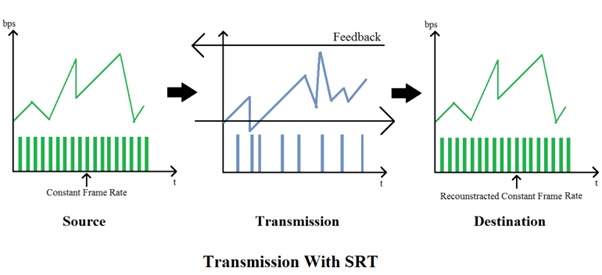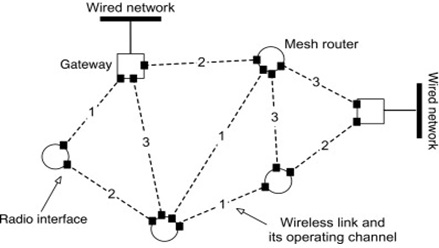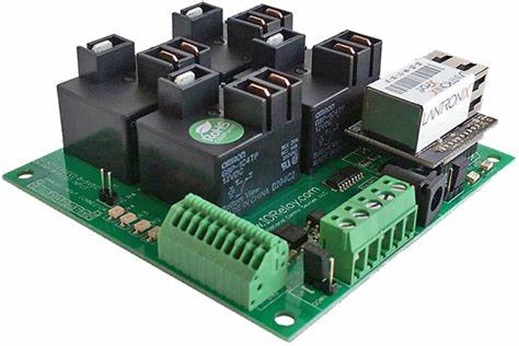Technology of Wi-Fi 6
Wi-Fi 6 is the next generation standard in Wi-Fi technology. Wi-Fi 6 also known as “AX Wi-Fi" or "802.11ax Wi-Fi” builds and improves on the current 802.11ac Wi-Fi standard. Wi-Fi 6 was originally built in response to the growing number of devices in the world. If you own a VR device, multiple smart home devices, or simply have a large number of devices in your household, then a Wi-Fi 6 router might just be the best Wi-Fi router for you. In this guide, we’ll go over Wi-Fi 6 routers and break down how they’re faster, increase efficiency, and are better at transferring data than previous generations.[1]

Figure 1. Technology of wi-fi 6
Figure 1 shows Wi-fi 6, also called Wi-fi 6, also called Wi-fi 802.11ax, is the latest standard usable in Wi-Fi networks, officially launched in September 2019.
This new standard meets the new wi-fi needs of today:
- Performance
- Increasing density of devices
- Diversity of applications
To meet these challenges, 802.11ax offers up to four times the speed of 802.11ac. Other improvements include the ability to use the 2.4GHz and 5Ghz bands for a number of use cases. The great interest of Wi-fi 6 lies in environments dense in devices and connected objects. This is where you will really see the difference! The wi-fi network will be more efficient, faster and the user experience will be significantly improved.[3]
Wi-Fi 6 is High-Efficiency Wireless
From the first IEEE 802.11b networks back in 1999 to today’s extensive 802.11ac deployments, Wi-Fi networks have grown and developed to cope with the increased demands for wireless devices and services. The speed of Wi-Fi networks has progressed from 11 Mbps to 54 Mbps, and then to 150 Mbps for single-stream connections. Since 2013 the 802.11ac standard has again increased speeds as well as spatial streams up to an impressive 6.97 Gbps of bandwidth for 8 streams.
The continued explosion in the number and diversity of wireless devices has still placed great stress on 802.11ac networks. In particular, the rapid adoption of devices with a heavy reliance on voice, video and other bandwidth-intensive applications, are driving the need for more capacity. The issue with the shared medium of wireless is that raw data speed is not the only problem. Despite the impressive speed of current 802.11ac networks, they become inefficient with a large number of users in high-density deployments. In locations such as airports and sports stadiums, the throughput for many Wi-Fi users can slow to a frustrating trickle. To solve this problem, the new 11ax Wi-Fi 6 standard promises not only to increase Wi-Fi connectivity speeds, but also boost multi-user performance, provide better spectrum reuse, as well as improve device power management for longer battery life. The 11ax standard has therefore been called “high-efficiency wireless,” with the target to increase average throughput per user more than four times in high-density environments, and generally provide a much-improved experience for the average Wi-Fi user.[2]
Wi-Fi 6 finalized
The Wi-Fi Alliance started certifying Wi-Fi 6 devices in 2019, and since then devices and routers have become plentiful and reasonably priced. The advanced connectivity features delivered in these devices make them significantly superior to Wi-Fi 5, so if an upgrade is in your budget, now is definitely a good time to pull the trigger.
Aside from the capabilities mentioned above, Wi-Fi 6 also offers features like beamforming, which transmits Wi-Fi signals directly to clients rather than over a broad spectrum. All Wi-Fi 6 devices can also handle WPA3 encryption, which is the newest iteration of Wi-Fi security. It will use features like robust password protection and 256-bit encryption algorithms to make it harder for people to hack into your network. [4]
References:
- https://www.tp-link.com/us/wifi6/
- https://www.accton.com/Technology-Brief/high-efficiency-wifi-6-ieee-802-11ax/
- https://wixalia.com/en/wifi-6-features-benefits-and-conditions-of-deployment/
- https://in.pcmag.com/wireless-routers/132055/should-you-upgrade-to-wi-fi-6
Cite this article:
Thanusri swetha J (2021), Technologies of Wi-fi 6, AnaTechMaz, pp. 20



